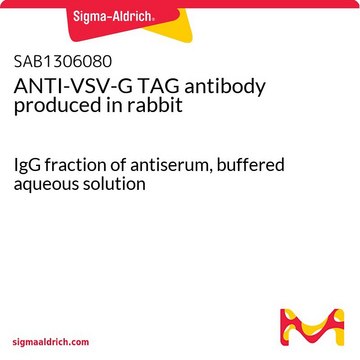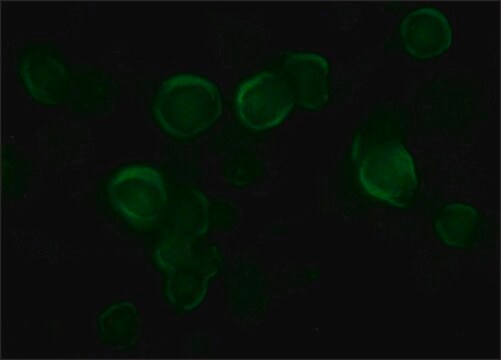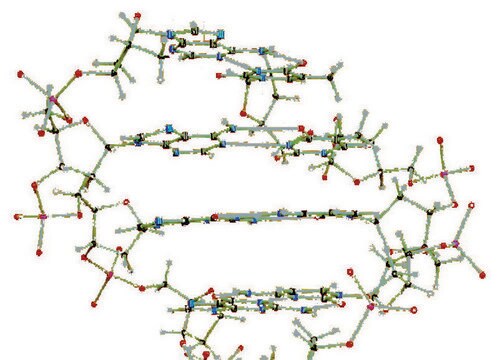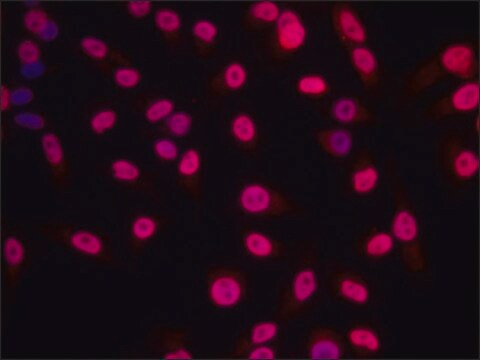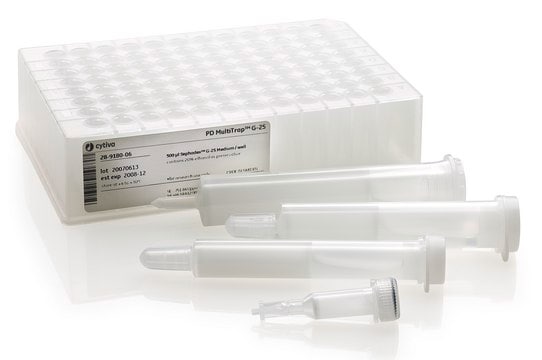C7706
Monoclonal Anti-VSV Glycoprotein−Cy3™ antibody produced in mouse
clone P5D4, purified immunoglobulin, buffered aqueous solution
Sinónimos:
Monoclonal Anti-VSV Glycoprotein
About This Item
Productos recomendados
origen biológico
mouse
Nivel de calidad
conjugado
CY3 conjugate
forma del anticuerpo
purified immunoglobulin
tipo de anticuerpo
primary antibodies
clon
P5D4, monoclonal
Formulario
buffered aqueous solution
técnicas
direct immunofluorescence: 1:10,000 using COS-7 cells transfected with a VSV-G tagged vinculin construct
isotipo
IgG1
Condiciones de envío
wet ice
temp. de almacenamiento
2-8°C
modificación del objetivo postraduccional
unmodified
¿Está buscando productos similares? Visita Guía de comparación de productos
Descripción general
Especificidad
Inmunógeno
Aplicación
- in studies applying
- microinjection of antibody
- immunoblotting
- immunoprecipitation
- immunocytochemistry
- immunoelectron microscopy.
Acciones bioquímicas o fisiológicas
Forma física
Información legal
Cláusula de descargo de responsabilidad
¿No encuentra el producto adecuado?
Pruebe nuestro Herramienta de selección de productos.
Código de clase de almacenamiento
10 - Combustible liquids
Clase de riesgo para el agua (WGK)
nwg
Punto de inflamabilidad (°F)
Not applicable
Punto de inflamabilidad (°C)
Not applicable
Equipo de protección personal
Eyeshields, Gloves, multi-purpose combination respirator cartridge (US)
Elija entre una de las versiones más recientes:
¿Ya tiene este producto?
Encuentre la documentación para los productos que ha comprado recientemente en la Biblioteca de documentos.
Nuestro equipo de científicos tiene experiencia en todas las áreas de investigación: Ciencias de la vida, Ciencia de los materiales, Síntesis química, Cromatografía, Analítica y muchas otras.
Póngase en contacto con el Servicio técnico

